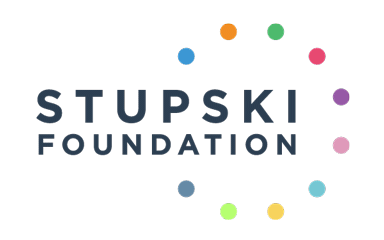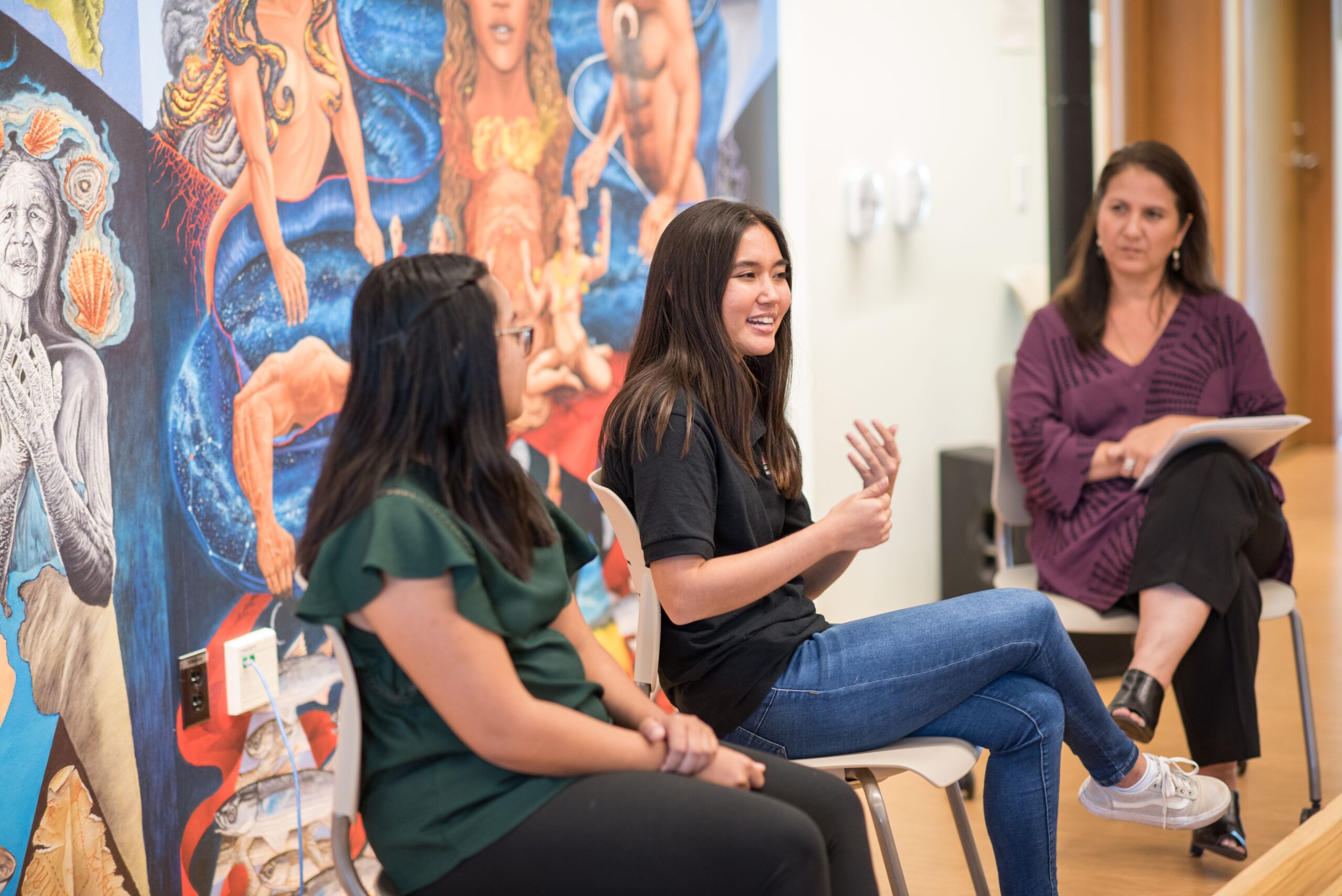Sept. 16, 2021
Originally published by The Chronicle of Philanthropy on Sept. 13, 2021.
Reposted with permission of the publication.
After a year and a half of uncertainty, many college students like me are finally heading back to school. During the pandemic, we advocated for ourselves in new ways as we scrambled to keep up with education plans amid school closures, remote learning, isolation, and internship and job loss. We used our voices to stand up for what we need — and for what our peers need.
Philanthropy needs to listen to us.
Foundations rarely seek out guidance from the youths they serve. That must change. In this critical moment, education grant makers should bring students into the fold to determine which investments will help them most.
I know firsthand what a difference such an approach can make. As a research intern at the Stupski Foundation, I helped the organization shape postsecondary success strategies in Hawaiʻi, where I was born and raised. Hawaiʻi’s college matriculation rates have trailed the national average for years, but the pandemic led to an even bigger decline for Native Hawaiʻian, Pacific Islander, and other underserved students.
My work at Stupski this year included surveying students and speaking with education leaders in Hawaiʻi to better understand why this education gap exists and create recommendations for the foundation’s investments. While financial constraints are typically cited as the main reason for the slide in college-matriculation rates, the students I spoke with said their mental health was the primary concern, reflecting the pandemic’s ongoing emotional toll. As a result of students’ feedback, the foundation is now considering funding mental-health initiatives as part of its postsecondary portfolio.
During the pandemic, there has been much talk in philanthropy about reimagining leadership and investment strategies. Nonprofit leaders are urging philanthropists to be bolder and more generous both in their giving and in who gets a seat at the decision-making table. Research shows that initiatives are more effective when those directly affected by funding are integrated into decision making. The same is true for young people. Philanthropic organizations need strategies that will specifically elevate youth voices.
To get started, here are four steps philanthropy can take to reimagine the role youths play in their work and to promote youth leadership in the field.
Provide paid internships.
It’s an economic privilege to afford an unpaid internship. During my senior year as an undergraduate student at California State University, East Bay, I searched for internships to build my résumé and gain meaningful work experience, but many came with unrealistic requirements. One job post for a multimillion-dollar company stated the intern needed to work 40 hours a week while enrolled full time in school — and that no compensation would be provided.
As a first-generation college student, I must earn money to pay for my basic needs, especially during the pandemic when on-campus and service jobs have disappeared. Some nonprofits may not have the resources to pay interns a living wage, but that is not the case for most foundations. Paid internships in philanthropy not only help close the wealth gap for underserved youths but also allow them to serve their communities, influence grant-making strategies, and build leadership skills.
Prioritize underrepresented students.
The same problems that have led philanthropy to underfund leaders of color have also stymied opportunities in the field for young people of color. Many have limited internet access and little experience with workplace technology — especially youths who live in rural areas. These students often can’t afford to travel for internships.
My internship at Stupski was remote and offered flexibility, so I could complete tasks and projects on my own time throughout the week, keep up with schoolwork, and take another part-time job to make ends meet. Offering this type of flexibility — even as more organizations return to the office — is critical to providing internship opportunities to students of different socioeconomic backgrounds.
Support youth social ventures.
Many foundations are exploring tools such as impact investing to complement their traditional grant-making strategies. Part of those efforts should include supporting youth social ventures. Youths bring valuable ideas to their communities because they experience issues differently than other age groups and offer unique perspectives to solving challenges.
Unfortunately, grant makers often overlook these ideas or simply don’t know they exist. One of the most effective ways to provide support for young people’s ideas for change is through social incubators, which offer mentorship, resources, and funding for young social entrepreneurs. For example, Dreams for Kids offers a social entrepreneurship curriculum for students in grades 2 to 12, and Youth Uprising runs its own social enterprises to provide on-the-job training for young people. Foundations should support organizations like these to help ensure young people’s innovative ideas for addressing everything from climate change to homelessness are given the attention they deserve.
Amplify and share youth experiences.
When supporting efforts that directly affect youths, regularly seek their perspectives. Foundations can do this in several ways, including sharing stories about young people on their social-media platforms and inviting students to meetings to provide their opinions on new grant-making efforts and investments.
My colleagues at the Stupski Foundation realized that they lacked student perspectives in their decision making and wanted to make sure their investment strategies genuinely met student needs during the pandemic. In response, they hired interns who could provide new ideas and amplify student voices as part of the strategic planning process.
My fellow Stupski intern, Diego Villegas, accomplished this through his podcast “Amplifying Persistence,” which included interviews with students about the issues they cared about and how grant makers could make a meaningful difference in their communities. “Each student I talked to shared a unique perspective and offered solutions — solutions that those who were not in school these past two years could not begin to imagine,” says Villegas. “Funders should know that we are the experts on today’s college experience, and we need to have seats at the table.”
His interviews reached more than 350 listeners, including nonprofit executives and foundation leaders, and sparked conversations about how donors should respond to the realities facing students today.
When youths are part of the team, the payoffs for grant makers are clear. We bring views and experiences that are understandably less familiar to those who were students many years ago. Grant makers who want to make a real difference in the lives of young people should include our ideas in their decision making. We deserve a say in our own futures — and foundations shouldn’t miss out on what we have to say.
Jodi Go is a master’s candidate in business analytics at the University of California, Davis and a research intern at the Stupski Foundation.


